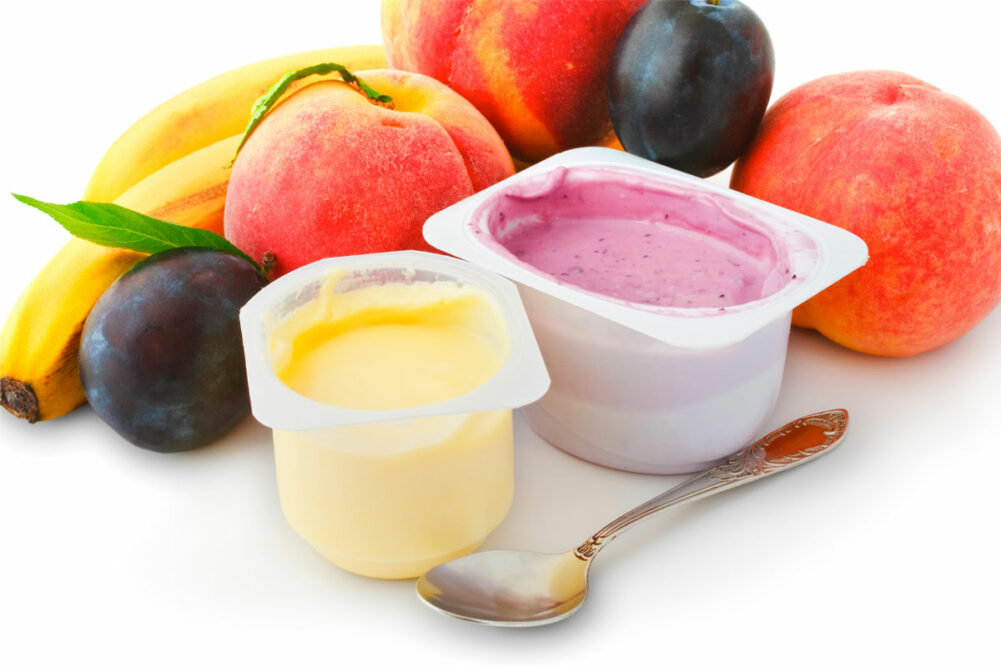WASHINGTON – The US Food and Drug Administration on April 13 issued a final order to modify a standard-of-identity rule for yogurt, amending the yogurt standard acidity requirement to require products to have a pH of 4.6 or lower. The FDA also finalized its decision to deny a request from the International Dairy Foods Association for a public hearing.
The final rule will become effective April 14. The compliance date is Jan. 1, 2024. The final rule also deals with issues such as vitamin D levels, low-fat yogurt and nutrient content claims.
The FDA published a final rule in the Federal Register on June 11, 2021, that amended the definition and standard of identity for yogurt. The IDFA objected to a requirement that yogurt either must have a minimum titratable acidity of 0.7% or a pH of 4.6 or lower before the addition of bulky flavoring ingredients, saying the requirements were not practical and did not reflect consumer taste preferences or current industry practice for yogurt manufacturing.
The IDFA said the requirement should be a titratable acidity of not less than 0.6%, expressed as lactic acid, measured in the white mass of the yogurt, or a pH of 4.6 or lower measured in the finished product within 24 hours after filling. Bulky flavoring agents such as fruit and fruit preparations are added before achieving the target pH of 4.6 and prior to filling, according to the IDFA, which cited pathogen challenge study data regarding this manufacturing process that showed exempting yogurt from cooling requirement is safe.
The FDA, in agreeing with the IDFA, revised the rule to require a pH of 4.6 or lower measured on the finished product within 24 hours after filling. If a bulky flavor, with fruit pieces being an example, is added to yogurt and increases the pH, the pH must be 4.6 or lower after the product has had time to equilibrate, according to the FDA.
However, the FDA said the minimum titratable acidity level, whether set at 0.7% or 0.6%, would not provide flexibility to manufacturers.




